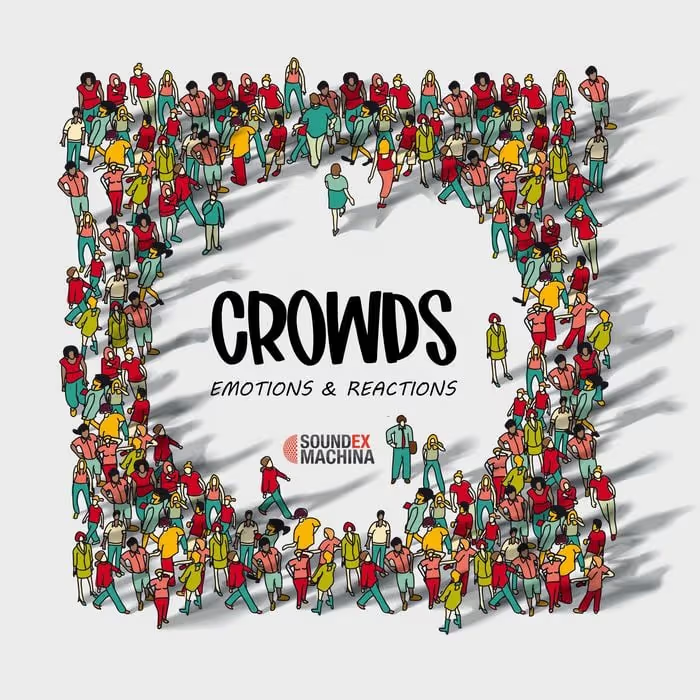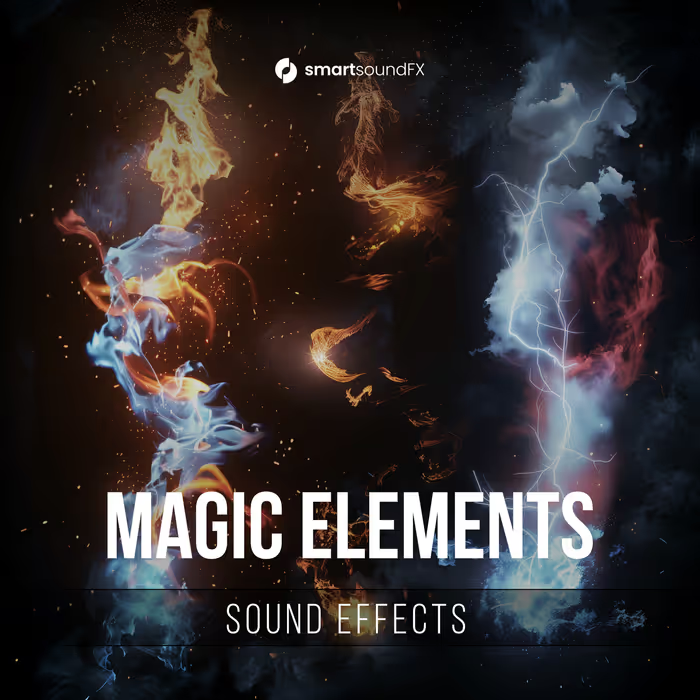Matthew Smith spent more than 11 years at Rockstar North, as audio director overseeing the sound for legendary franchises such as Grand Theft Auto, Red Dead Redemption and more. Now, he’s branched out into the non-audio side of games, while still continuing to work with audio plug-in development at Krotos, Ltd.
In this exclusive interview, Matthew shares his insights on what’s next for game audio:
Interview by Jennifer Walden
What’s one advancement you’ve seen in game sound in the past year that you’re excited about?
Matthew Smith (MS): Modelling the effects of an environment on a game’s audio, and how it reaches the player’s ears, has long been a passion of mine, and while there has been much work done on this over the years, it’s always remained a little niche. HRTFs, binaural, Ambisonics — they all seem to pop up every few years and then never properly take hold. The rise of VR seems to be finally changing that. I hope in a few years we’ll take far more immersive (which is not to say realistic) audio for granted.
What’s the biggest challenge for game audio at the moment – and how do you see that resolved in the future? Tech wise, what would you want to see for game sound?
MS: I think a bunch of the traditional audio tech concerns are borderline solved at this point. I might be expelled from the secret society of sound designers for saying this, but in-game I can’t tell the difference between a 48 kHz/256kbps mp3 file and the uncompressed 96 kHz file it was created from. Likewise, increasing simultaneous channel-count is a game of diminishing returns.
Instead, I think the fun and the challenge is increasingly in the tools — enabling the creation of huge quantities of crazy-detailed interactive SFX, and giving sound designers control of the huge resources available to them.
I’ve been lucky enough to be involved with Krotos over the last year, makers of Dehumaniser. And what drew me to work with them wasn’t the tech behind the scenes, it was how instantly intuitive and natural their tools are for sound designers. Using it, you think, “Awesome Monster!” not “Awesome DSP!”
Creatively, what would you like to see in the future for game sound?
MS: Audio still gets dragged along by the rest of game development all too often, having to react to changes rather than being thought about as a core part of a designer’s toolset. Music and dialogue far less so, but certainly the overall sound design. And when you play a game like Inside, where that quite clearly wasn’t the case, it’s obvious how much sound design can offer beyond just the nuts-and-bolts of matching the visuals.
For years I thought it was a 99% cultural problem, but perhaps there is a tech route through it too
But enough whining, what’s the solution? No one single thing, for sure. For years I thought it was a 99% cultural problem, but perhaps there is a tech route through it too. If audio tools were good enough that mere mortals could create passable placeholder audio trivially easily, maybe people would experiment more in the early stages of design?
In terms of your own work, any exciting stuff on the horizon you can talk about?
MS: The team at Krotos have some amazing products in the pipeline. One thing we’ll be showing at GDC is Dehumaniser running real-time in-game. You get so used to most voice-changing tools sounding cliché and comedic; it’s a breath of fresh air to hear something sound totally natural and yet super-flexible. In a VR environment especially, where your sense of presence is that much greater, sounding like you really are someone/something else is incredibly powerful.
What opportunities do you hope VR will offer game sound pros?
MS: It’s a huge opportunity, in lots of different ways. What surprised me most about VR was the level of intimacy it brings to seemingly mundane things. I was instantly absorbed just blowing up balloons in the Vive setup tutorial, in a way a non-VR experience couldn’t possibly replicate. That level of detailed interaction lends itself so well to creating realistic, interactive sound design that will make or break the reality of a VR experience.
VR opens up a whole order of magnitude of useful detail you can go into and the interactivity is even more important, because you feel able to gently poke everything in the world, not just blow it up.
In my Rockstar days, we were blessed with the resources and talents to create super-detailed and expansive soundscapes, and I felt like the raw detail of the SFX we’d create had almost hit a wall. At times there was no need to make things any more detailed, as it would be lost. The challenges started to become interactive mixing, and higher-level problems. But VR opens up a whole order of magnitude of useful detail you can go into and the interactivity is even more important, because you feel able to gently poke everything in the world, not just blow it up.
We’d also go to great lengths on Grand Theft Auto and Red Dead Redemption to try and capture the acoustic effects of an environment — helping to make a subway feel oppressive, or a sweeping vista seem grand, but in non-VR games it’s all about the space and relatively little about the player.
In VR, that whole world of super-subtle spatial audio clues is available to sound designers
The subtle differences in audio that everyone’s brain subconsciously reads with a simple tilt of the head, or moving close to a wall, are impossible to capture with the blunt movement of a third-person character, or even in first-person. In VR, that whole world of super-subtle spatial audio clues is available to sound designers.
On the same theme, the scope for conflict between visual and motion senses to cause nausea are pretty well understood at this point. I wonder how much we have left to learn about the role audio has to play in creating a complete feeling of presence.
If you want to know more about the technologies and trends that will be shaping the future of game audio, here’s some further reading that might interest you:
• Podcast Roundup: The VR Edition
• How to unlock the creative power of audio in VR
• Welcome to the wonderful world of Ambisonics – a primer by John Leonard
• Why Procedural Game Sound Design is so useful – demonstrated in the Unreal Engine
• Get the inside-story behind the excellent sound for a large number of games here
What advice would you give to game audio pros, both those already in the industry and those looking to join it?
MS: I spent a good chunk of last year working on the non-audio elements of game development, making whole games from scratch with a tiny team, and it was a real eye-opener working hands-on in so many different disciplines.
It’s difficult of course to make the time to do that while you’re buried deep in the detail of a specialism, but these days it’s so easy to download a AAA-quality game engine for free and just dive in, following some YouTube tutorials. The perspective and empathy it gives you is incredibly valuable. So I’d encourage anyone in or wanting in on the game audio community to carve out a wee chunk of their time to find out what it really means to be an animator or a physics programmer, and hopefully become a better audio professional as a result.
That idea of a T-shaped person is nothing new, but in an industry that changes so quickly, it feels more relevant than ever.






